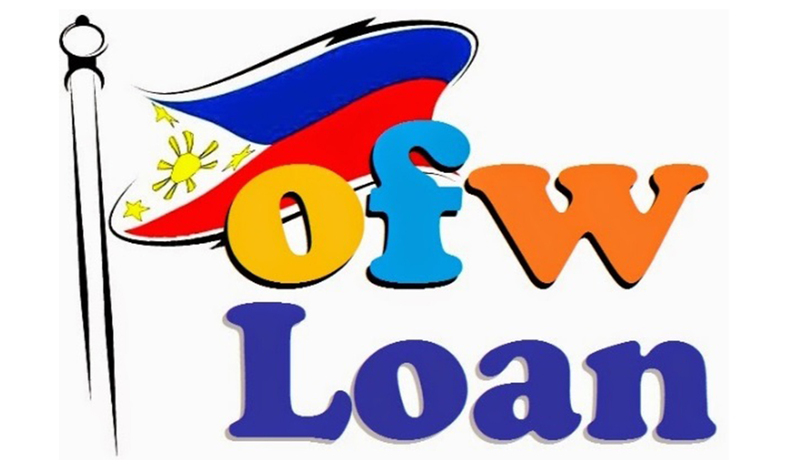For many Filipinos, securing a personal loan is a crucial step towards achieving financial goals, from covering an emergency to funding a long-held dream. For those with a stable job, a personal loan for employed individuals is often the most accessible and affordable option. Lenders view employed applicants as lower risk, which can lead to faster approval, higher loan amounts, and better interest rates. However, even with a stable job, understanding and meeting the specific requirements is essential for a successful application. This comprehensive guide will provide a detailed roadmap, from the key requirements and necessary documents to expert tips on how to get the most favorable terms in 2025. By the end, you will be empowered to navigate the lending landscape with confidence and make a wise financial decision.
The Core Requirements for Employed Applicants
While a stable job is a significant advantage, lenders still have specific criteria that employed individuals must meet.
1. Income and Employment Stability
This is the most critical factor that lenders evaluate.
- Minimum Income: Lenders have a minimum monthly income requirement, which typically ranges from ₱10,000 to ₱20,000, depending on the bank. This ensures that you have enough income to cover your monthly loan payments.
- Proof of Income: You must provide official documents to prove your income. The most common forms are:
- Certificate of Employment (COE): A letter from your employer stating your position, salary, and employment start date.
- Latest Payslips: Usually for the last 1-3 months.
- Bank Statements: To show consistent salary deposits for the last 3-6 months.
- Employment Tenure: Lenders prefer applicants who have a consistent employment history. The standard requirement is a minimum of 6 months to 1 year with your current employer. This signals stability and a reliable income stream.
2. Credit Score and Credit History
Even with a stable job, your credit history plays a vital role in the approval process.
- Good Credit Standing: Lenders will check your credit report with the Credit Information Corporation (CIC). A good credit standing, with no history of late payments or defaults, is essential. A low credit score can still lead to a loan denial or a much higher interest rate.
- Debt-to-Income (DTI) Ratio: Lenders will calculate your DTI ratio to ensure you can handle a new loan payment. They will add up all your existing monthly debt payments and divide them by your gross monthly income. A low DTI ratio (typically 40% or lower) is a major plus.
3. Personal and Legal Requirements
These are the basic but mandatory requirements for all applicants.
- Citizenship and Age: You must be a Filipino citizen. The age requirement is typically between 21 and 60 years old.
- Valid Government-Issued ID: You must provide one or two valid IDs, such as a passport, driver’s license, or a Unified Multi-Purpose ID (UMID).
- Proof of Billing/Residence: A recent utility bill (electricity, water, internet) in your name to confirm your residential address.
Navigating the Application Process and Securing the Best Terms
Meeting the basic requirements is not enough. To secure the best loan terms, you need a strategic approach.

1. The Application Process: Step-by-Step
- Step 1: Research and Compare: Do your homework. Compare interest rates, fees, loan terms, and requirements from multiple lenders. Look at traditional banks, online lenders, and credit unions.
- Step 2: Gather All Documents: Have all your required documents ready before you begin the application. A complete and well-organized application can speed up the approval process.
- Step 3: Submit the Application: You can apply online or in person at a bank branch. Many banks now offer a fully digital application process, which is faster and more convenient.
- Step 4: Await Verification and Approval: The lender will verify your information, conduct a credit check, and assess your application. Once approved, you will receive a loan offer.
- Step 5: Review and Sign the Loan Agreement: Read the loan agreement carefully, paying close attention to the interest rate, fees, and repayment schedule. Do not sign anything you don’t fully understand.
2. Expert Tips to Get the Best Terms
- Apply at Your Payroll Bank: Many banks offer preferential rates and a faster approval process for applicants whose salary is credited to a bank account with them. This is because the bank already has a history of your income and financial stability.
- Improve Your Credit Score: If you have a low credit score, take steps to improve it before applying. Pay off existing debt, and make all your payments on time.
- Lower Your DTI: Pay down some of your existing debt, especially credit card balances, to lower your DTI ratio. This will make you a more attractive candidate.
- Provide Complete and Accurate Information: Be honest on your application. Providing false or incomplete information will lead to an immediate rejection.
Comparing Lenders and Loan Terms
Here is a general overview of the interest rates and requirements from different types of lenders in the Philippines for employed individuals.
Conclusion
For an employed individual, a personal loan is a powerful financial tool that can provide the necessary funds to achieve your goals. By understanding the key requirements, diligently preparing your documents, and taking a strategic approach to the application process, you can significantly increase your chances of getting approved with the best possible terms. Remember to compare all your options, and only borrow what you can afford to repay. With the right preparation, you can confidently secure a personal loan that helps you build a more stable and prosperous financial future.













